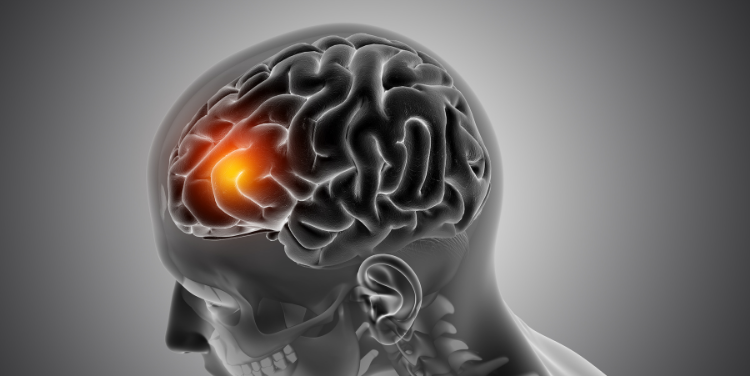2021. december: CAR T-Cell therapy is currently approved for some forms of leukemia, lymphoma, and multiple myeloma. Researchers have now also developed the corresponding GD2 CAR T-cell therapy for the treatment of neuroblastoma, i.e., childhood brain tumors. Lung cancer, stomach cancer, liver cancer, breast cancer, and other adult cancers have the highest incidence. When discussing children’s cancer, many people instinctively believe that it is identical to adult cancer.

However, whether it is the cause of cancer or the type of cancer, there is a significant difference between childhood cancer and adult cancer. The most frequent childhood tumour is nevroblastom, which is more common than lung cancer, gastric cancer, and other cancers. Neuroblastoma can account for half of all cancers in children under the age of five, greatly exceeding the proportion of various malignancies in adult cancers.
Vendar 5-letna stopnja preživetja bolnikov z nevroblastomom še vedno ni posebej visoka in skoraj 40 % do 50 % bolnikov še vedno ne more doseči dolgoročnega zdravljenja. Podobno, če se tumor vrne, je otrok še vedno ogrožen, podobno kot se zgodi, ko se rak pri odraslih vrne.

Is there a new treatment available?
CAR-T celična terapija has opened up a whole new universe in the field of advanced relapse and refractory B-cell cancers in recent years, and it has also allowed people to witness how effective it can be.
As a result, researchers have created a GD2-CAR-T cell therapy for the treatment of neuroblastoma for the matching target of neuroblastoma. The findings of the clinical study were published in the most recent issue of “Science Translational Medicine.”
To preskušanje je vključevalo skupno 12 otrok z relapsom/refraktornim nevroblastomom. Na splošno se je zdravilo dobro prenašalo in ni bilo opaziti nobenih stranskih učinkov. Kljub temu, da ni dosegel objektivnega kliničnega odziva, so raziskovalci pri nekaterih posameznikih opazili resnično terapevtsko korist.
Bolnica 25/010 je 8-letna deklica z obsežnimi metastazami nevroblastoma, vključno s pomembnimi metastazami v kosteh (ponovitev po zdravljenju četrte izbire). Splošno stanje se je po 28 dneh drastično izboljšalo CAR-T celična terapija, tumorsko tkivo pa je pokazalo tudi razširjeno tumorsko nekrozo.
Patient 25/013 is a 10-year-old girl who has had five treatments for multiple recurrent localised neuroblastomas. There were tumour nodules in the neck before therapy, but no distant metastases. An MRI showed that the tumour had shrunk after treatment. Following a tumour biopsy, it was discovered that the tumour had significant necrosis.
Bolnik 25/018 je 10-letni otrok, ki ima ponavljajoči se nevroblastom, ki se je razširil po telesu. Imel je tri seanse pred in po njem, zaradi terapij pa so se mu težave olajšale.
However, while this study has demonstrated that the treatment is effective, after experiencing the peak of CAR-T cell therapy, the long-term expansion of CAR-T cells is not visible, making the treatment effect ineffective. It finally resulted in tumour recurrence, however, before that, this therapy helped 013 and 018 live for approximately 5 months longer.
Although this new CAR-T cell therapy cannot match the efficacy and durability of CD19-CAR-T cell therapy in haematological cancers, it demonstrates that CAR-T cell therapy can still be employed in the entity once a suitable target is identified. In the treatment of tumours, it has potent anti-tumor effects. To improve its therapeutic efficacy in solid malignancies, researchers will combine CAR-T activation with immune checkpoint drugs (PD-1 inhibitors).
The safety of this solid tumour CAR-T cell treatment is currently assured. The patient got CRS as a result of the medication, although no major neurotoxic reactions occurred. Medical teams receiving CAR-T cell therapy may soon have to respond to CRS as a matter of course. CAR-T cell therapy still has a long way to go in terms of overcoming solid tumours, but it will get there someday.

